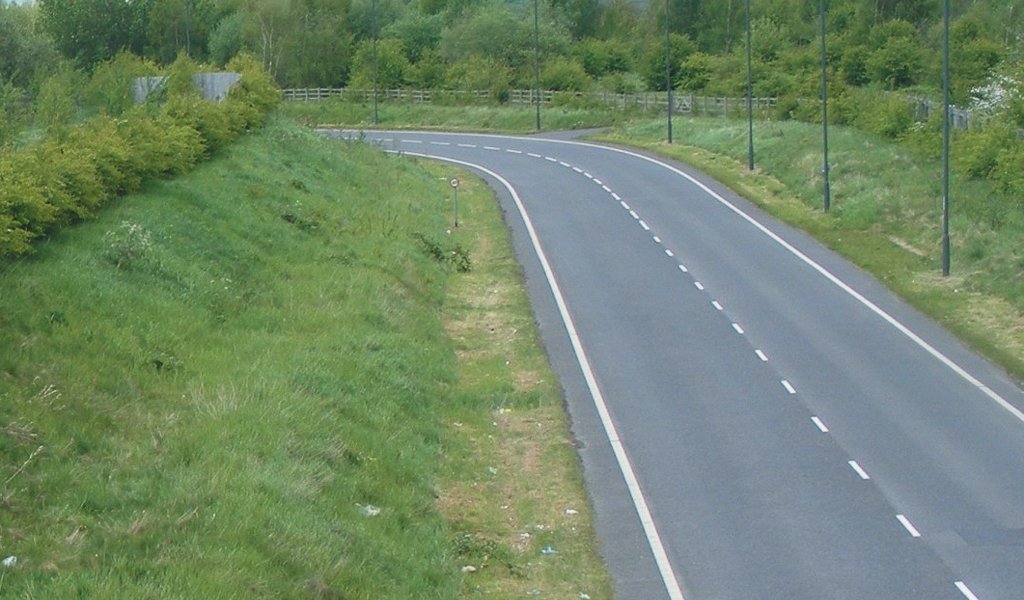Godfrey Holmes delves through the numerous schemes and proposals to regenerate Brimington, Hollingwood, Middlecroft, Markham Vale – and Staveley itself.
ONE waits exactly one hundred years – then six schemes come at once; maybe with coalfield urban futures, even more than six? Admittedly, some schemes fall apart for lack of funding; then there’s a change of local or central government; then there’s planning blight to consider; then there’s disagreement between different agencies; then there’s stagnation or a new ‘freeze-and-squeeze’; finally there’s the possibility of delay, even abandonment, when Network Rail – also the new Great British Railways – cannot build the requisite railway stations.
Nowhere in Derbyshire nor, in all probability across the entire Midlands, has there emerged more regeneration schemes than Chesterfield, Clay Cross, the Amber Valley and the Staveley Corridor.
What distinguishes the Staveley area from anywhere else in Derbyshire is its annexation, in 1974, of Staveley to its much larger neighbour Chesterfield; perhaps to the detriment of both conurbations. Chesterfield together with Staveley then became one of Derbyshire’s nine non-metropolitan districts: to complicate matters further, a district leaning towards – dependent upon? – the City of Sheffield in a different county with divergent priorities.
At the Chesterfield end of the Corridor, one new – and completed – scheme is Northern Gateway, a £9million, 2016 plan to take advantage of the nearness of Chesterfield Railway Station, an expanded Chesterfield College, the Chesterfield Campus of the University of Derby, and Chesterfield Chamber of Trade. New office space in the rectangular Gateway Building amounts to 32 high-spec suites, 500 high-paying jobs.
“Down the road is Chesterfield Waterside, a 20-year and £340-million project to create a multi-facility Venice of the North.”
Down the road is Chesterfield Waterside, a 20-year and £340-million project to create a multi-facility Venice of the North – with the added advantage of helping to meet the Government’s housing target, 177 units on former Trebor/Arnold Laver land: in all the 47th biggest re-purpose in the entire UK. Staveley town centre itself has from the 1960s experienced blight principally caused by the loss of coal mining, chemicals and heavy iron; a botched “bypass” too. Now the area around the Market Place is going to be prettified, indeed transformed, through the injection of £4.86million under the label of ‘Staveley 21’, funded by the Staveley Deal.
Then as a key constituent of the pioneering Chesterfield/Staveley Regeneration Route (CSSR); a Garden Village comprising 1,500 new homes, shopping, a primary school and a canal-side marina, is to be built: in turn creating between 200 and 250 high-skilled jobs in its wake.
Furthermore – and after an unforgivable lapse of three decades – the Charles Paxton Markham Staveley Works’ 150-hectare expanse of brownfield land is to receive 700 new-build houses, plus 70,000 sq ft of industrial or warehouse units. That in turn will lift neighbouring Hollingwood, which finely proportioned estate gave Raymond Unwin the impetus to create Letchworth Garden City in 1905: in turn an inspiration for so many other Ebenezer Howard and Keir Starmer-favoured New Towns in virgin territory.
Last, but definitely not least, Markham Vale: a joint venture by Henry Boot and Derbyshire County Council, was given the go-ahead. Here – adjoining the £8million Junction 29A of the M1, opened in June 2008 – precious dream-come-true of local MP Dennis Skinner – will be built 4080 more of Angela Rayner’s new homes as well as 31,000 sq ft for retail, secretarial or light industrial occupation.
Little could Richard Barrow have imagined when he purchased, for his ironworks, a parcel of land from the Duke of Devonshire in 1840 – just one year before the coming to Staveley of the North Midland Railway – that almost two centuries later he would be honoured not only with the rescue of the iconic Barrow Hill Roundhouse but also with six or more Staveley revival schemes.
And when Transport Secretary, Heidi Alexander, rose in the Commons, at the commencement of summer 2025, to announce a resurrected 3.7-mile diversionary highway linking Chesterfield, Brimington and Staveley at a conservative cost of £166million: let us hope that in the back of her mind was the re-opening of both Barrow Hill and Eckington-with-Renishaw railway stations along the still-running ‘Old Road’ out of Whittington in the direction of an equally depressed South Yorkshire.






